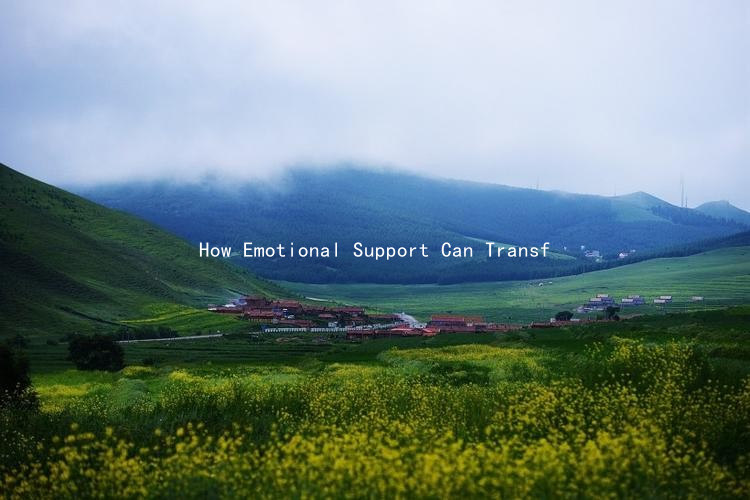Navigating Love: Differentiating Emotions from Feelings for Stronger Bonds
Navigating Love: Differentiating Emotions from Feelings for Stronger Bonds
In the intricate dance of love and relationships, the terms “emotions” and “feelings” are often used interchangeably. However, understanding the distinction between the two can be pivotal in fostering stronger bonds. While emotions may be more instinctual and immediate, feelings develop over time and involve personal interpretation and reflection. This article explores the dynamics of emotions and feelings, providing insights on how to navigate romantic relationships effectively.
Emotions are biological responses to stimuli. When you encounter an exhilarating moment, be it the thrill of a first kiss or the anxiety of a potential breakup, your body reacts instinctively. These reactions can include increased heart rate, sweaty palms, or even a rush of adrenaline. Emotions are raw and fleeting—an explosion that expresses itself in an impulsive outburst of joy, anger, sadness, or fear. Understanding this can help partners recognize that while emotions are valid, they do not necessarily represent the full picture of their relationship.
On the other hand, feelings are the mental interpretations of those emotions. They are the stories we tell ourselves based on our emotional experiences. For instance, you might feel loved after receiving a thoughtful gift; however, the emotional response might initially stem from surprise or excitement. Feelings require a deeper processing layer. They are shaped by individual thoughts, beliefs, and experiences, making them more personal and enduring than emotions.
Navigating the distinction between emotions and feelings is vital in relationships. Here are some strategies to help couples strengthen their bonds by harnessing the power of both:
1. Practice Mindfulness: By being aware of your emotional responses in real time, you can take a step back and assess the situation before reacting. This practice helps avoid impulsive decisions driven solely by emotions.
2. Open Communication: Share your feelings with your partner regularly. This is where you not only express what you feel but also encourage the practice of emotional honesty. Discussing your emotions can lead to mutual understanding and can help each partner feel heard and validated.

3. Emotional Validation: Recognize and validate your partner’s emotions. Instead of dismissing their feelings, acknowledge them. This can create a safe space for open dialogue, ensuring both partners feel valued and respected.
4. Emotion Regulation: Develop strategies for managing strong emotional reactions. Techniques such as deep breathing, journaling, or talking things through can assist in processing emotions before they escalate into bigger issues.
5. Cultivate Emotional Intelligence: Invest time in understanding your emotional landscape and your partners. Emotional intelligence helps in navigating interpersonal dynamics, as it allows you to respond rather than react.
6. Shared Experiences: Engage in activities that foster shared emotions. Whether it’s travel, creative projects, or simply spending quality time together, shared experiences can strengthen emotional connections and transform fleeting emotions into enduring feelings.
7. Reflect on Past Experiences: Take time to reflect on your relationship journey. Consider how certain emotional instances shaped your feelings and view of the relationship. This reflection can provide valuable insights and reinforce the bond you share.
In conclusion, successfully navigating love requires distinguishing emotions from feelings. By embracing both constructs, couples can foster deeper understanding and connection. It’s the blend of immediate emotional responses and the thoughtful consideration of feelings that fortify relationships, transforming them into lasting partnerships. When partners learn to interpret and communicate their emotional experiences effectively, they lay the groundwork for a more profound and resilient love.





